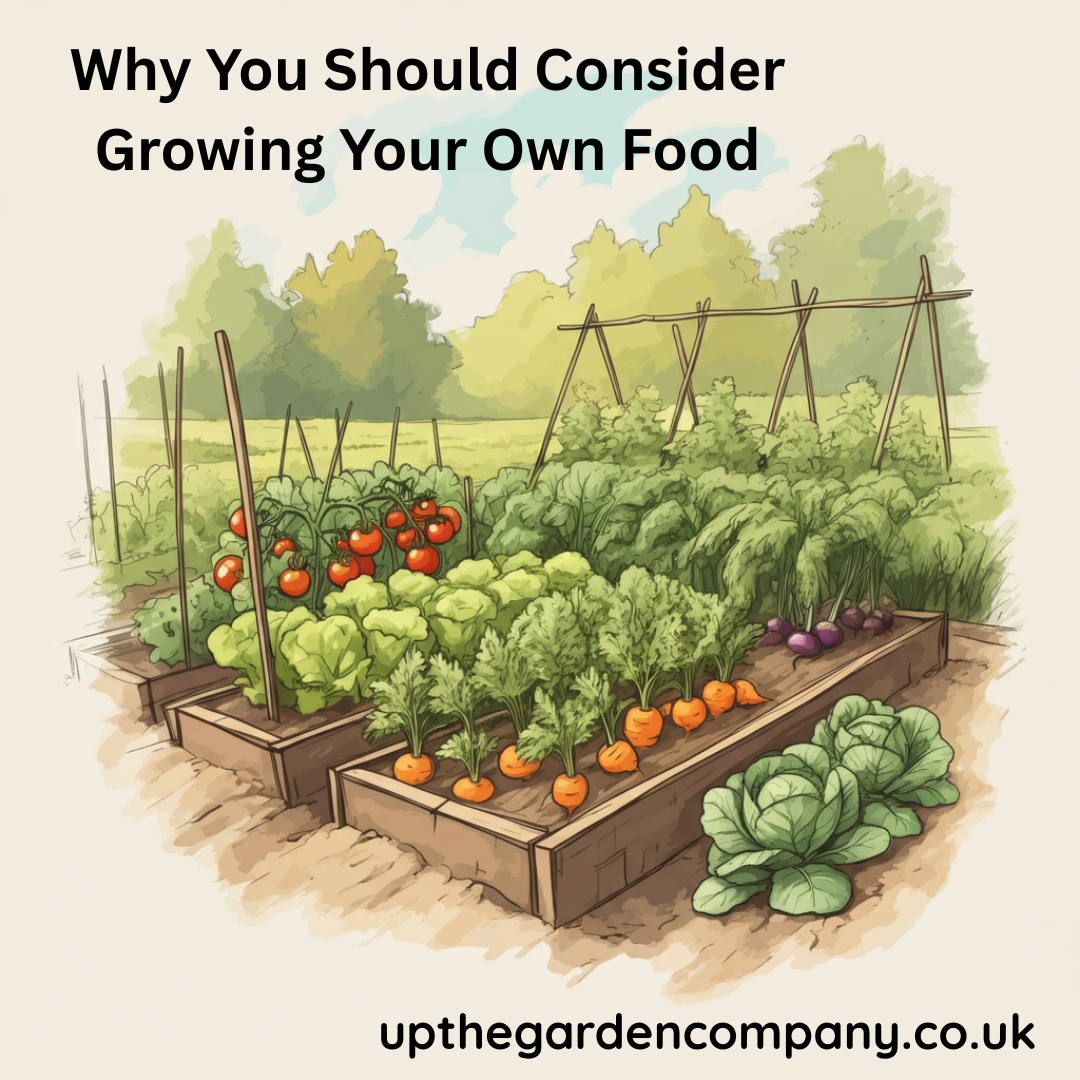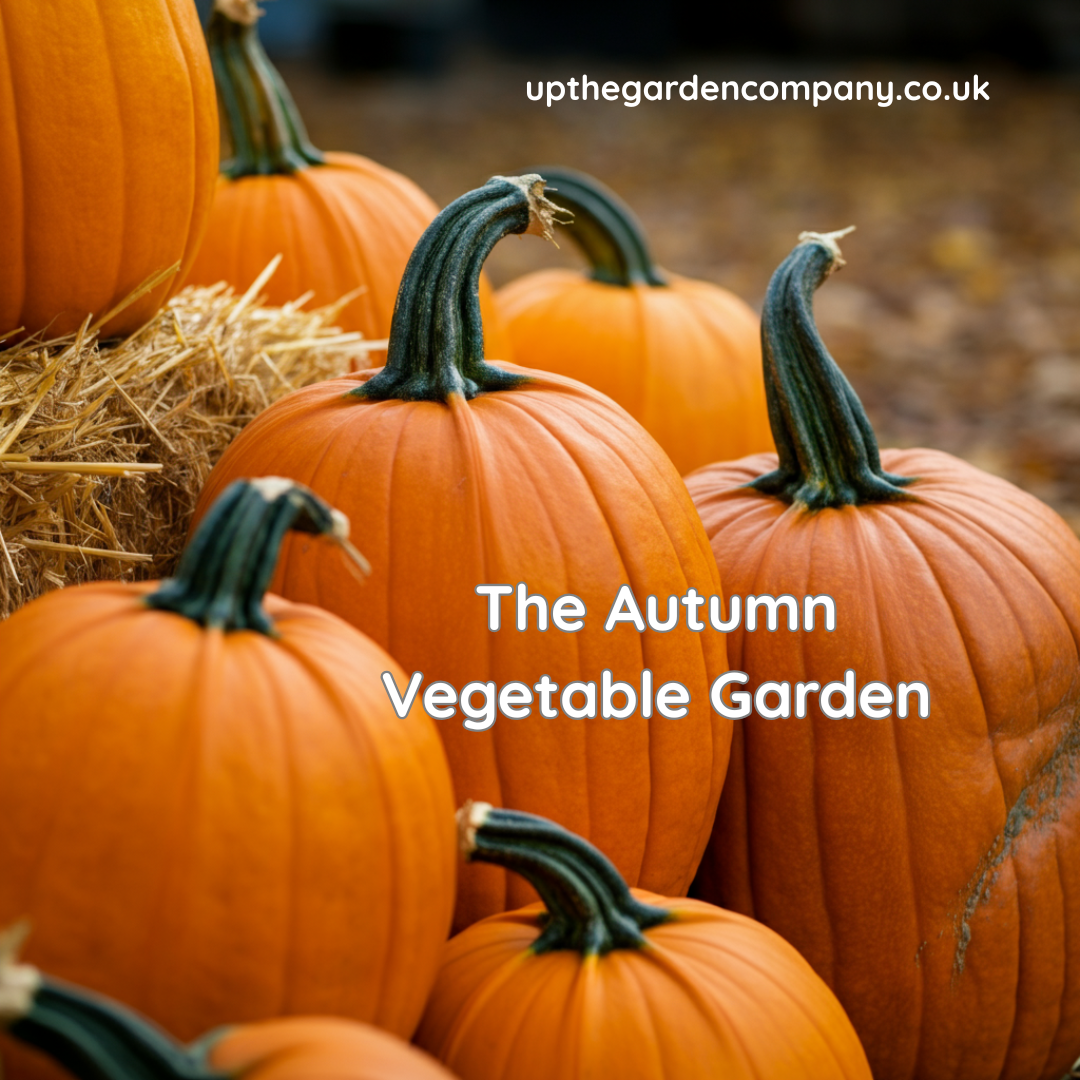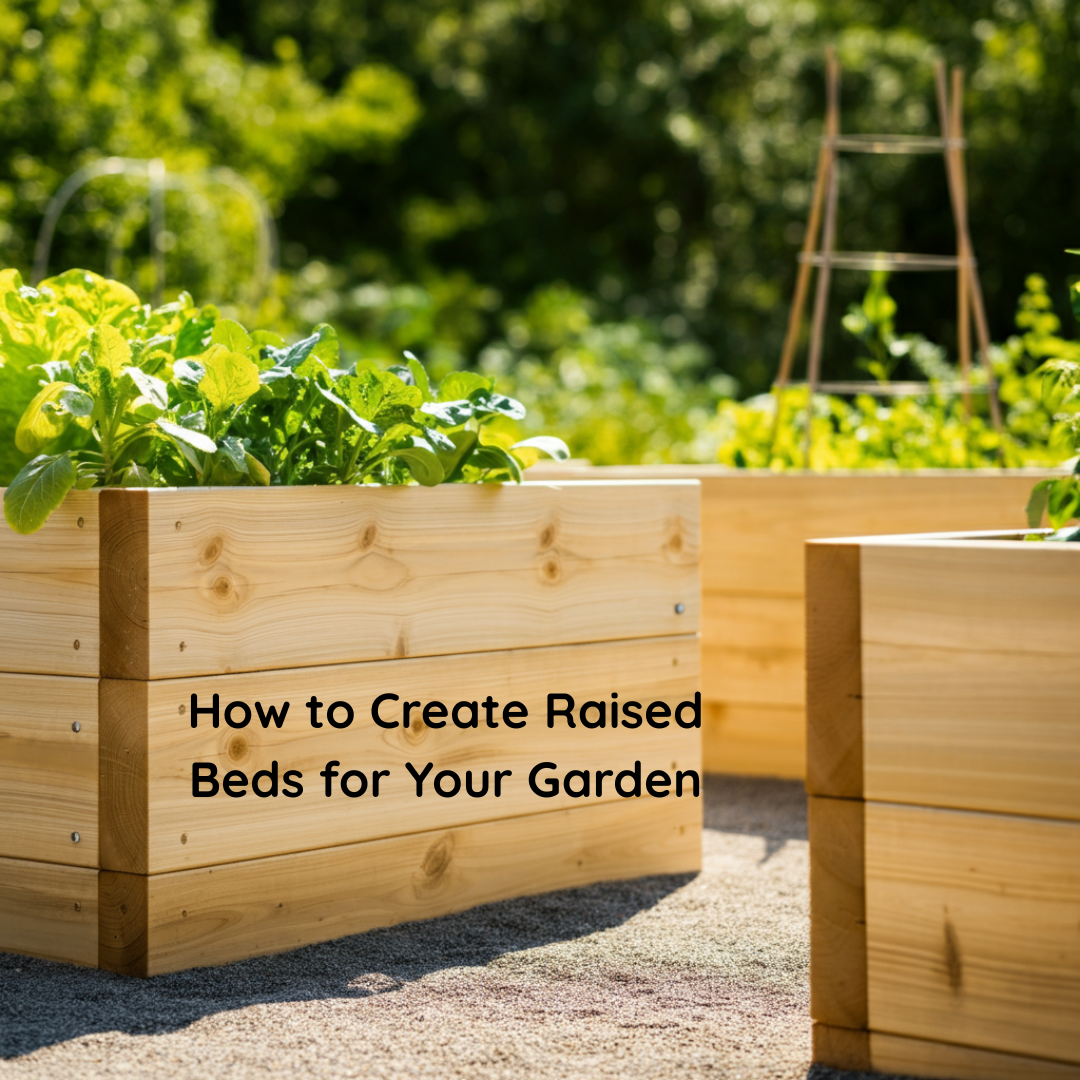Food prices continue to rise, and concerns about food quality are becoming more common. For many households, providing healthy, affordable meals is a significant challenge. One effective solution to this is to grow your own food. Cultivating a garden, no matter the size, offers a range of benefits that extend from your health to your finances and even to the environment.
The Benefits of Home-Grown Food
From enhanced flavour to a reduced carbon footprint, the reasons to start a home garden are numerous and compelling. It provides a direct way to control the quality of your food, save money and engage in a rewarding activity.
Improved Nutrition and Taste
One of the most immediate benefits of growing your own produce is the superior taste and nutritional value. Food that is harvested and consumed at its peak ripeness contains the highest levels of vitamins and minerals.
When fruits and vegetables are picked, their nutritional content begins to decline. Produce found in supermarkets is often harvested before it is fully ripe to withstand the long journey from farm to store. During transit, which can sometimes take days or even weeks, the produce continues to lose nutrients. Research has shown that some vegetables, like spinach, can lose a significant portion of their vitamin C content within a few days of being harvested.
In contrast, when you grow your own food, you can pick it at the moment it is perfectly ripe and consume it shortly after. This ensures that you are getting the maximum nutritional benefit. The flavour is also noticeably better. The natural sugars in freshly picked fruits and vegetables are at their highest, resulting in a sweeter, more vibrant taste that is often missing from store-bought equivalents.
Financial Savings
With the increasing cost of groceries, growing your own food can lead to substantial savings. While there is an initial investment in seeds, soil, and tools, the return in produce can far outweigh these costs. A single packet of tomato seeds, for instance, can yield many kilograms of tomatoes over a season, at a fraction of the cost of buying them from a shop.
By growing staple items that your family consumes regularly, such as lettuce, herbs, tomatoes, and cucumbers, you can significantly reduce your weekly food bill. Furthermore, preserving excess produce through methods like canning, freezing, or drying can provide you with food throughout the winter months, extending the financial benefits year-round.
Control Over Pesticides and Chemicals
A major concern for many consumers is the presence of pesticides and other chemicals on commercially grown produce. While regulations exist to limit residue levels, many people prefer to avoid them altogether.
When you grow your own food, you have complete control over what goes into your garden and onto your plants. You can choose to practice organic gardening methods, avoiding synthetic pesticides and fertilisers. This eliminates the risk of consuming harmful chemical residues, providing peace of mind and contributing to a healthier diet for you and your family. Instead of chemical pest control, you can use natural methods like companion planting or introducing beneficial insects.
Access to a Wider Variety
Supermarkets typically stock only a limited number of varieties of fruits and vegetables, chosen primarily for their ability to travel well and have a long shelf life. This means consumers often miss out on a vast range of flavours, textures, and colours.
Growing your own food opens up a world of variety. Seed catalogues offer hundreds of heirloom and unique varieties of common vegetables that you will never find in a grocery store. You can grow purple carrots, striped tomatoes or lemon-cucumbers. This not only makes your meals more interesting but also helps to preserve genetic diversity in our food supply.
Environmental Sustainability
The modern food system has a significant environmental impact. Food is often transported thousands of miles, requiring large amounts of fossil fuels and contributing to carbon emissions. It is also heavily packaged in plastic, which often ends up in landfills.
Growing your own food is a direct way to reduce your carbon footprint. By producing food in your back garden, you eliminate the need for long-distance transportation, or ‘food miles’. You also reduce the demand for plastic packaging. Home gardening promotes a more sustainable lifestyle by closing the loop between production and consumption within your own household. Composting kitchen scraps to fertilise your garden further reduces waste and enriches your soil naturally.
The Wellbeing Advantages of Gardening
Beyond the tangible benefits of fresh produce, the act of gardening itself offers profound advantages for mental and physical health.
Stress Reduction and Mental Clarity
Gardening is a well-documented method for reducing stress. Engaging with nature, even in a small urban space, can lower levels of the stress hormone cortisol. The focused, repetitive tasks involved in gardening, such as weeding, watering, and pruning, can have a meditative effect, allowing the mind to calm and reset. The sense of accomplishment that comes from nurturing a plant from seed to harvest provides a significant boost to self-esteem and purpose.
Physical Activity and Vitamin D
Gardening is a form of moderate physical exercise. Activities like digging, planting, and carrying water can improve strength, flexibility, and endurance. It encourages you to spend time outdoors, which provides exposure to sunlight. Sunlight is essential for the body to produce vitamin D, a crucial nutrient for bone health and immune function.
A Rewarding Family Activity
Gardening can be a wonderful activity for the entire family. It provides an opportunity for children to learn where their food comes from, fostering a greater appreciation for fresh, healthy produce. Working together in the garden can strengthen family bonds and create lasting memories. It teaches valuable lessons about patience, responsibility, and the cycles of nature.
Start Your Food-Growing Journey
Growing your own food is a practical and rewarding endeavour. It addresses concerns about rising food costs, food quality, and environmental impact while also offering significant benefits for physical and mental wellbeing. You do not need a large plot of land to begin; even a small balcony or windowsill can support a container garden for herbs and salad greens.
By taking the step to cultivate your own produce, you empower yourself to provide fresh, healthy, and affordable food for your family. You also contribute to a more sustainable food system and connect more deeply with the natural world. The knowledge that you have grown the food on your plate is a source of immense satisfaction and security.
Further Reading: How to Start Your Own Vegetable Patch, How to Plan and Design Your Dream Vegetable Patch, Why Choose Sow It Grow It and Feast for Your Garden?, How to Choose the Perfect Flower Pot for Your Crops, The Principles of Organic Gardening











